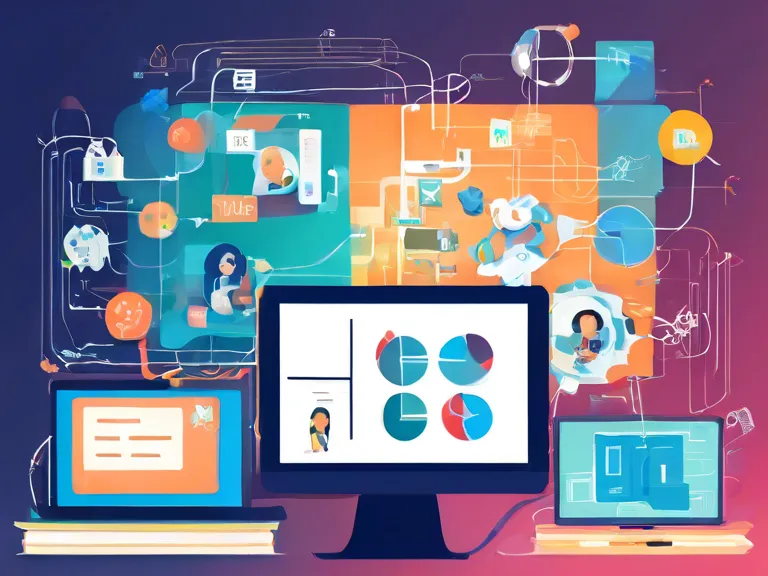
Explore the benefits of real-time interaction in e-learning and its impact on the future of online education. Discover how instant communication and feedback enhance the learning experience for students and instructors alike.
E-learning has evolved significantly over the years, with the integration of real-time interaction being a key trend shaping its future. Real-time interaction in e-learning allows for instant communication between instructors and students, as well as among students themselves, creating a more engaging and interactive learning environment. This article explores the benefits of real-time interaction in e-learning and its impact on the future of online education.
Real-time interaction in e-learning enables students to ask questions and receive immediate feedback from instructors, fostering a collaborative learning experience. This instant feedback can help students understand complex concepts more effectively and address any difficulties they may face while studying. Additionally, real-time interaction allows for group discussions and peer-to-peer collaboration, enhancing the overall learning experience for students.
One of the key benefits of real-time interaction in e-learning is its ability to simulate a traditional classroom setting, despite the lack of physical presence. Through live video sessions, interactive whiteboards, and chat features, students can engage with instructors and classmates in real time, just as they would in a face-to-face classroom environment. This not only helps in maintaining a sense of community and connection among learners but also promotes active participation and engagement.
Furthermore, real-time interaction in e-learning provides flexibility and convenience for both instructors and students. With the ability to join online sessions from anywhere at any time, learners can access course materials and participate in discussions without being tied to a physical classroom. This flexibility is especially beneficial for working professionals or students with busy schedules, allowing them to balance their studies with other commitments more effectively.
In conclusion, the future of e-learning is undoubtedly centered around real-time interaction and its numerous benefits. By enhancing communication, collaboration, and engagement in online education, real-time interaction is revolutionizing the way we learn and teach. As technology continues to advance, we can expect to see even more innovative ways of integrating real-time interaction into e-learning, further improving the quality and accessibility of online education.



